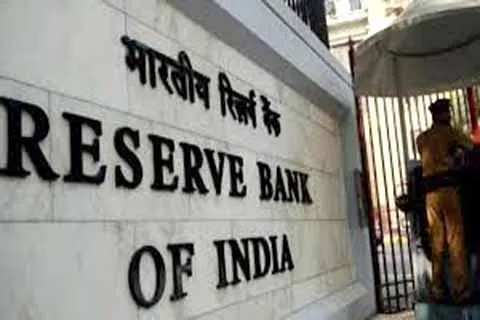Picture this: you’re strolling through the streets of India’s financial landscape, feeling pretty good about your savings and investments. Suddenly, you hear whispers in the air – the RBI is shaking things up again! Yep, we’re talking about the Repo Rate – that magical lever the Reserve Bank of India pulls to steer the country’s economic ship. But what does it mean for you, your bank account, and the overall financial arena?
Let’s dive into the fascinating world of monetary policy in India and find out!
What is the Repo Rate?
The Repo Rate is essentially the interest rate set by the Reserve Bank of India (RBI) for lending money to financial institutions and commercial banks. When banks need some quick cash, they can offer government securities as collateral to the RBI and borrow funds at this rate. It’s like a short-term loan where the banks promise to repurchase the securities at a higher price later on. This arrangement allows banks to access immediate funds while providing the RBI with a means to control liquidity in the financial system.
In simpler terms, it’s a financial tool used to manage the flow of money in the economy.
Current Repo Rate in India
The current repo rate of India is shown to you in the table below:
| Repo Rate | 6.50% |
| Reverse Repo Rate | 3.35% |
What Happens When Repo Rate Increases in India?
When the Reserve Bank of India (RBI) opts to raise the repo rate, financial institutions find themselves obligated to pay elevated interest rates on their loans. This escalation in borrowing expenses is subsequently transferred to consumers in the form of increased interest rates on loans and various credit instruments.
Consequently, both the borrowing costs for banks and consumers experience an increase. The explanation behind the RBI’s decision to increase the repo rate lies in its effort to reduce the pressures of inflation and maintain a balance of liquidity within the financial system. Particularly during periods characterised by heightened inflation, the RBI attempts to trim the inflow of money circulating within the economy as a means of reducing the inflationary trend.
Effects of Repo Rate Hike Across Various Financial & Economic Scenarios
- Inflation Control
In its bid to combat inflation, the RBI employs measures to tighten the money supply within India’s economy. One such tool is increasing the repo rate, which discourages banks from borrowing from the RBI, thereby curbing the flow of money in the system and taming inflationary pressures.
- Loans & EMIs
A repo rate hike directly impacts loan EMIs as it pushes up interest rates. This occurs because financial institutions, faced with higher borrowing costs from the RBI, pass on the burden to borrowers through increased loan interest rates.
- Economic Growth
When the RBI increases the repo rate, it often spells trouble for businesses and stock markets. This uptick in the repo rate discourages businesses from borrowing funds for expansion, leading to a slowdown in their growth trajectory. Consequently, businesses experience a strain on their cash flow and profitability, which translates into a decline in stock prices.
- Deposits
Conversely, an increase in the repo rate can positively influence deposit interest rates. As banks find themselves in greater need of funds, they offer higher interest rates on deposits like fixed deposits to attract more capital.
- Mutual Funds
The stock market, including mutual funds, bears the brunt of rising repo rates. With less capital available for mutual fund operations, individual stocks, and mutual funds suffer negative consequences due to a reduction in available funds.
Historical Repo Rate Changes in India (2018-2024)
Here’s a summary of all the Repo Rate changes made since June 2018:
| Update Date | Rate |
| 8th December 2023 | 6.50% |
| 10th August 2023 | 6.50% |
| 8th February 2023 | 6.50% |
| 7th December 2022 | 6.25% |
| 30th September 2022 | 5.90% |
| 8th June 2022 | 4.90% |
| 4th May 2022 | 4.40% |
| 22nd May 2020 | 4.00% |
| 27th March 2020 | 4.40% |
| 4th October 2019 | 5.15% |
| 7th August 2019 | 5.40% |
| 6th June 2019 | 5.75% |
| 1st August 2018 | 6.50% |
| 6th June 2018 | 6.25% |
Conclusion
Repo Rate is controlled by the Reserve Bank of India (RBI), and plays a crucial role in shaping the nation’s economy. Changes in this rate have widespread effects on borrowing costs, consumer spending, economic growth, and inflation control. Looking at past data, it’s clear that the RBI adjusts this rate regularly to address economic issues. Hence, when you hear about repo rate changes, remember that it’s more than just a number – it’s a vital tool guiding India’s economic course through uncertain financial waters.







